Animals have teeth for different purposes. Mostly, it is for chewing food and protection against predators. So how come some animals don’t have teeth, and what do they use to do the jobs done with teeth properly? Here is a list of toothless animals and what they do to survive without them.
Spiders
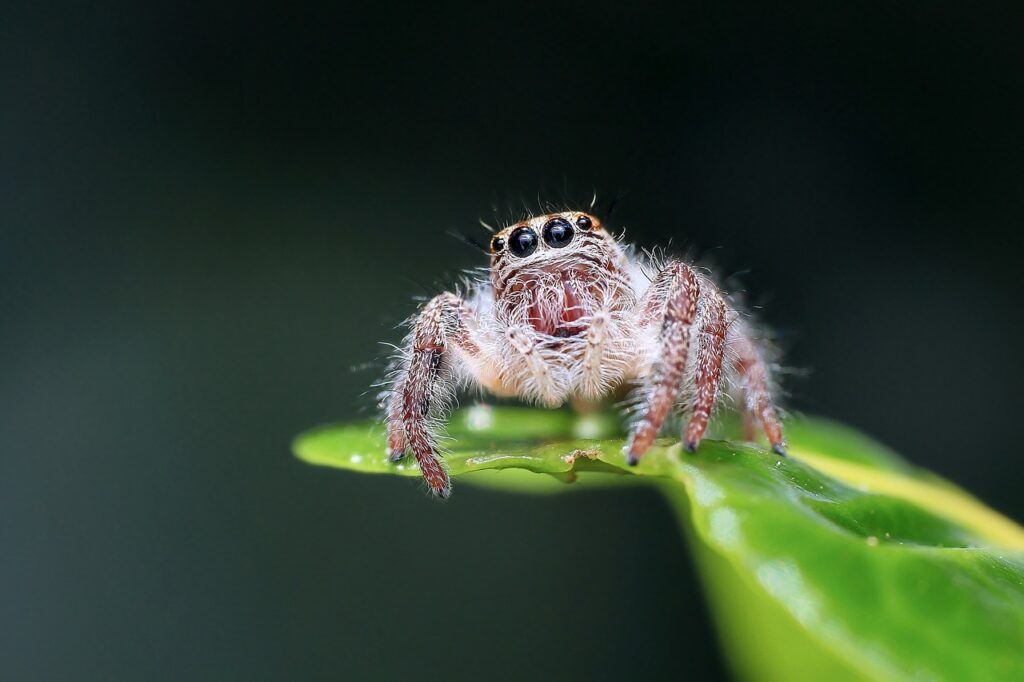
Do spiders have teeth? The answer is no; they don’t. What spiders have instead are fangs?
The part of their mouth called chelicerae consists of two pairs of jaws consisting of four mobile fangs. Spiders use these fangs to clamp
down on their prey, sometimes with venom as a companion, to kill or immobilize it during the process.
Pangolins

Pangolins are animals that mostly dwell underground. They are commonly called “the scaly anteater.” after they choose food that mostly involves ants, termites, and larvae. Their long, sticky tongues compromise their lack of teeth. And by long, meaning tongues that sometimes measure longer than the pangolin’s body itself.
Anteaters
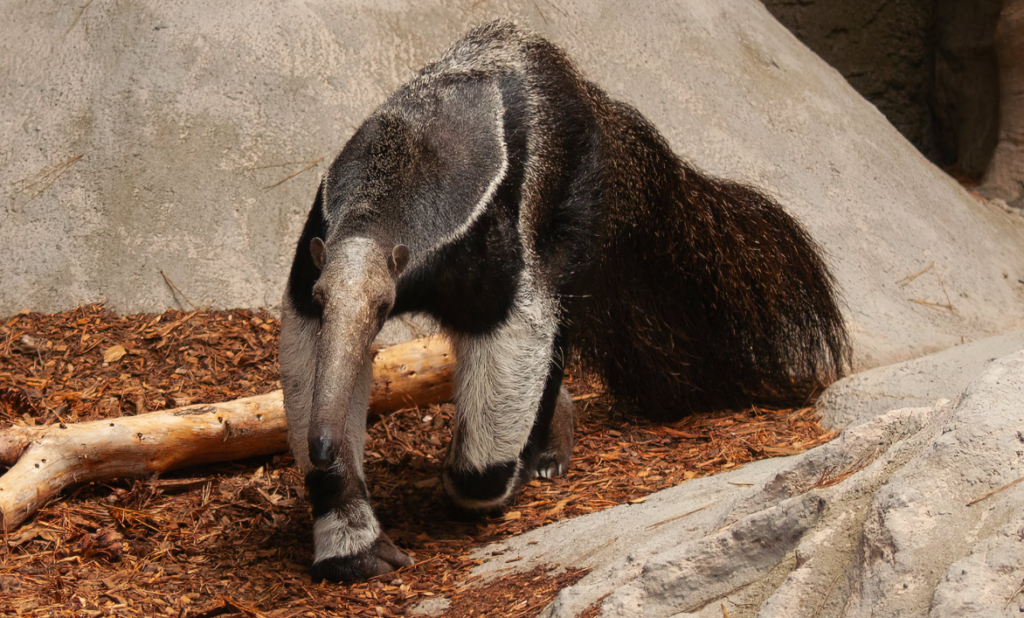
Anteaters are among the animals that do not have teeth. The reason being for this lack is quite simple, and it because of their lack of need to have those. They wholly consume 35,000 ants and termites daily. Anteaters only need their sharp claws and sticky tongue to feed themselves.
Platypus
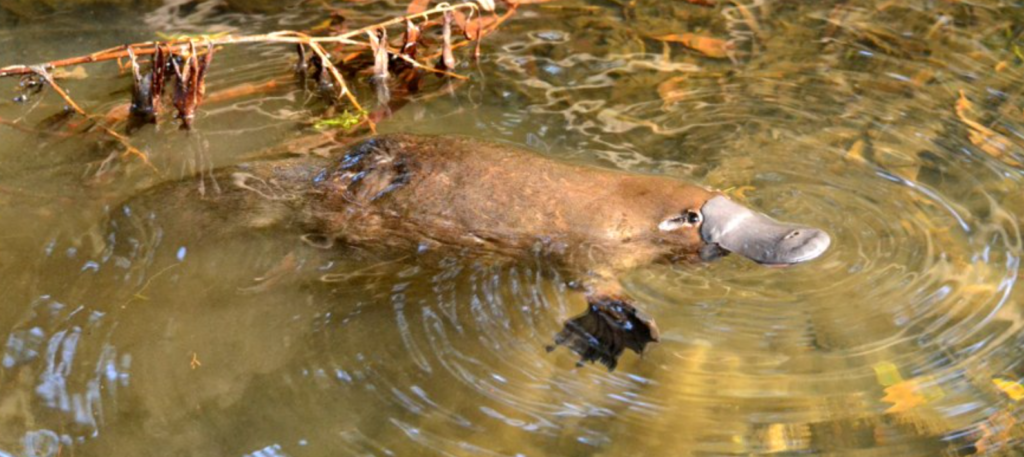
Platypus is an Australian native monotreme mammal that has no teeth. A monotreme is a mammal that lays eggs instead of birthing a live offspring on the onset. A platypus’ has a flat and streamlined body coated with dark brown fur, feet with four toes on each, and webbed hands and feet.
A platypus’ tail stabilizes the animal when swimming and is occasionally used for burrowing.
Echidnas
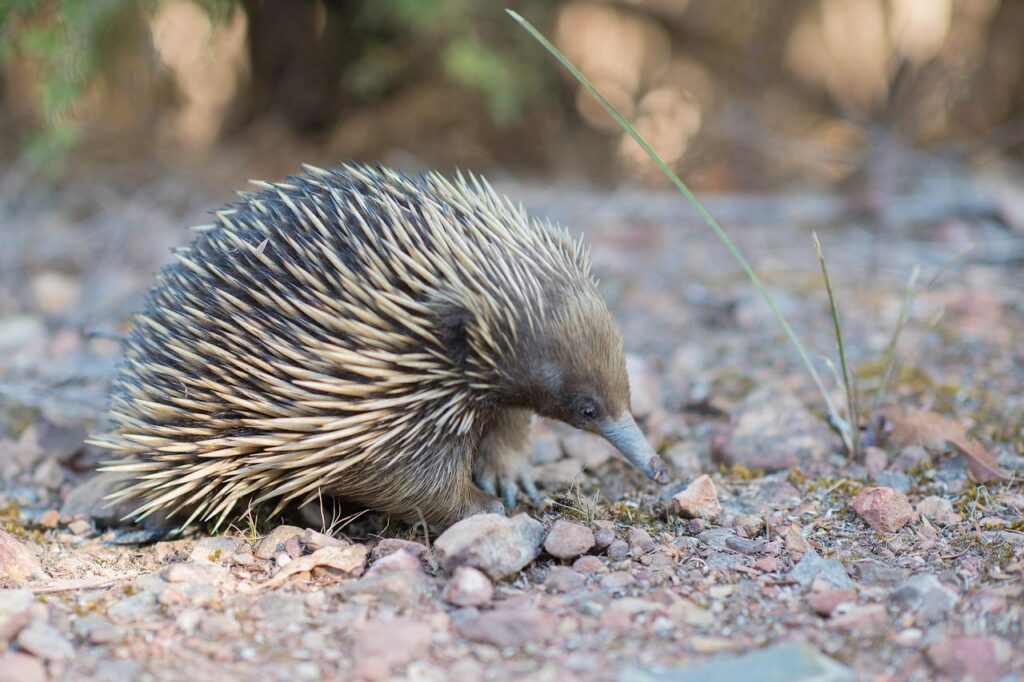
Echidnas are sometimes referred to as spiny anteaters. These spiny monotremes have quill-covered bodies they use to avoid being easily preyed on, like any other spiny animal. Echidnas have a very slow metabolism; they prefer to function nocturnally during warmer months.
While Echidnas may not exactly have teeth, what they have instead are very sharp spikes running through the sides of their jaws. They use these spikes to tear plant matter for consumption.
Earthworm

Even with keen vision, it is hard to notice whether earthworms have teeth or not. Well, they don’t. They tear their meals and chew them in other ways such as scraping or biting, The long time it takes to develop a molar system is one explanation given to explain the lack of teeth found in earthworms?
Vultures
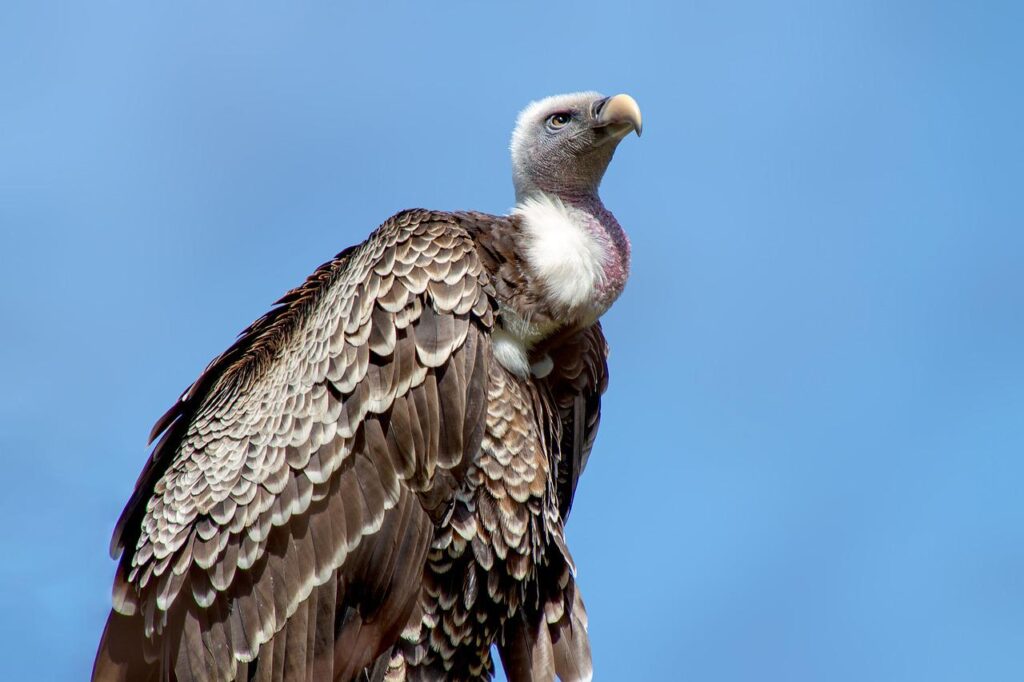
What does a vulture have in common with a grandpa? They both are bald and have no teeth. Vultures have ridges on their beaks for gripping food, which they swallow anyway in an instant. A muscular part of their stomach called gizzards is responsible for grinding their food in digestion.
Octopus
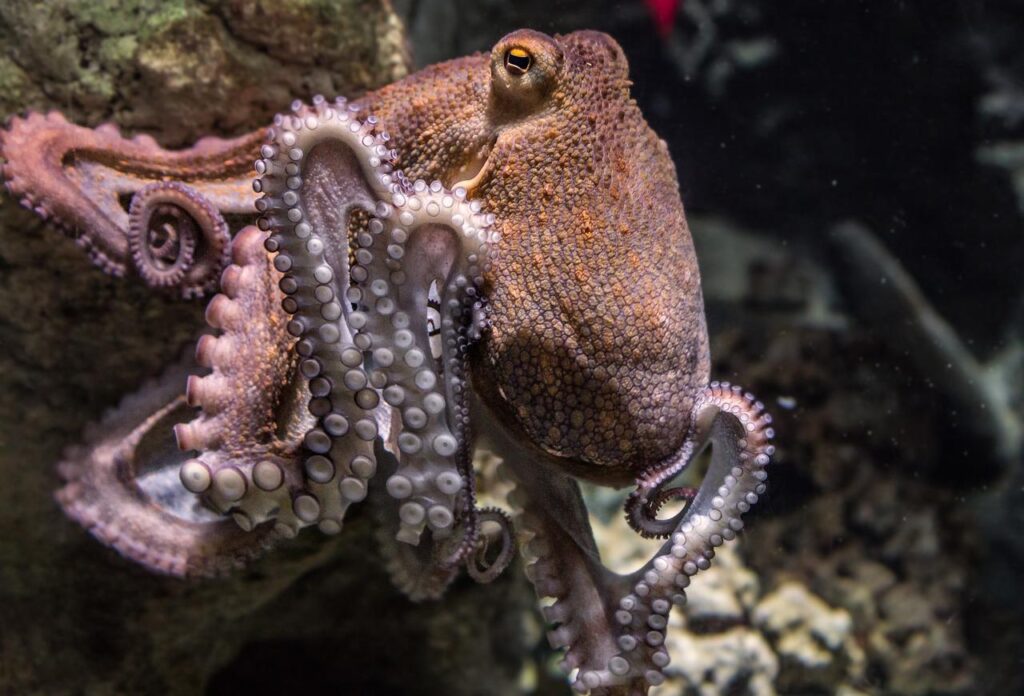
Octopuses are meat-eaters. So if they don’t have teeth, what do they use to break down their food choice?
Octopuses have sharp beaks to break down and tear apart their food, usually clams and lobster shells. What they lack in teeth is made up for with their extra body parts. Octopuses have three hearts and more than one brain. The excess brain should explain their cleverness in navigating the underwaters.
Caterpillar
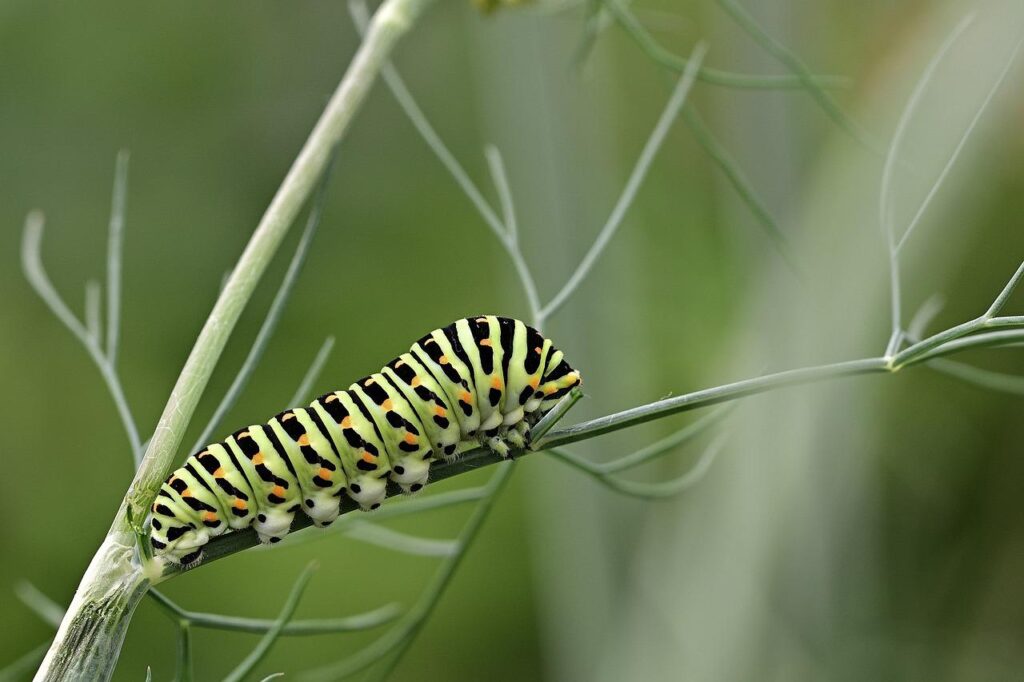
Caterpillar is a greedy eater; consuming plant leaves so fast that garden owners despise their sight in the backyard. How do caterpillars devour such huge amounts of food without teeth? Caterpillars have an odd way of chewing their food, as they chew it sideways instead of the usual up and down. A set of mouthparts called mandibles allow them to break down their food. Some breeds of caterpillars consume up to 200 leaves in a day.
Flamingos
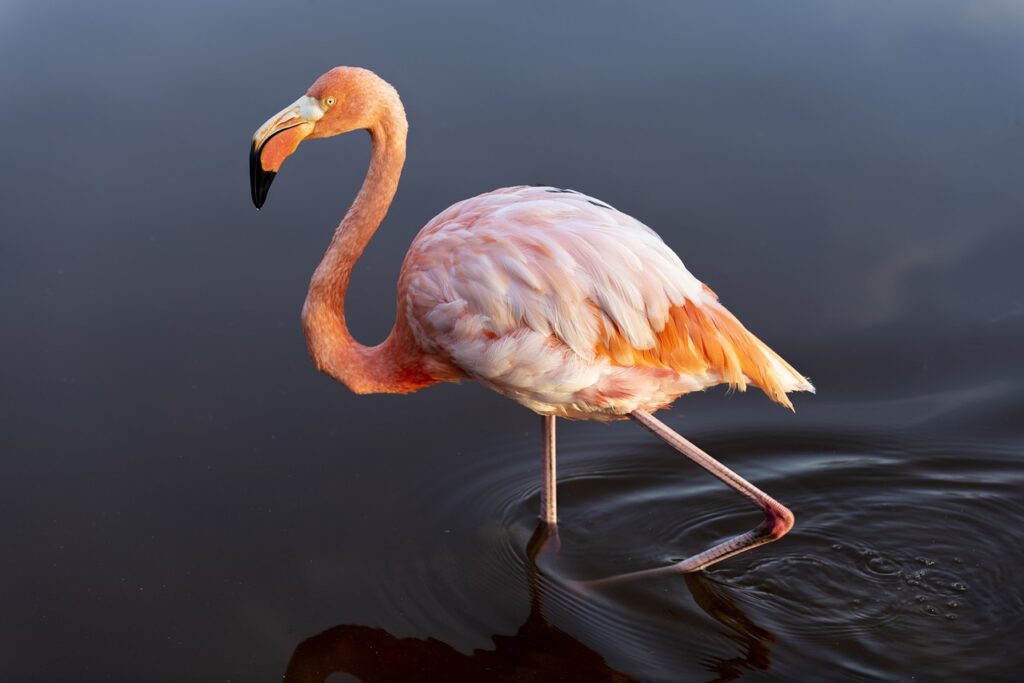
Just like any other bird, flamingos do not have teeth. Their beaks have special hairlike features called lamellae which sift through the food lost in the mud, silt, and water where they usually seek one. A flamingo‘s number of lamellae will depend on its species; some species naturally have more than others.
Scorpion

Scorpions are scary-looking creatures, and a good part of their fright factor comes from the thought that they will bite. That is technically not the case, though, as you can see that scorpions belong to this list of animals with no teeth.
A scorpion‘s tiny mouth is only capable of sucking up liquid, and whatever food is taken in along it is broken down by a powerful enzyme, a process which may last an hour. Scorpions don’t need to dine much anyway. They can go up to 12 months without food as long as they can consume water.

